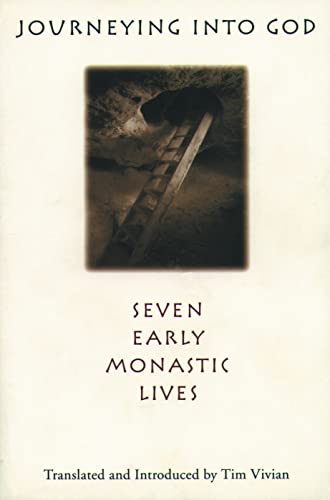Literary Precursors to the Book of the Twelve (BXAW 217), and Redaction Processes in the Book of the Twelve (BZAW 218)
Written by James Nogalski Reviewed By M. Daniel Carroll R.Since at least the time of Jesus Ben Sirach (c. 200 B.C.E.; Sir 49:10), the twelve Minor Prophets have been appreciated as representing in some fashion a single unit. Recent years have witnessed an increase of scholarly interest in the process by which these books came together into their final form and canonical order. Several studies have noted the existence of catchwords linking adjacent prophetic works. Nogalski proposes that these lexical links are evidence of intentional redactional activity in the shaping of the book of the Twelve. That is, these books were not juxtaposed because of these terms, but rather these catchwords and phrases were deliberately added to establish connections; indeed, says the author, certain books themselves were created to unite other texts and give the Twelve thematic coherence.
These two volumes are a revision of Nogalski’s doctrinal dissertation, completed under the supervision of Professor O.H. Steck at the University of Zurich (1991). The first volume begins by surveying the history of scholarly research and then demonstrates the consistent phenomenon of catchwords occurring at the beginning and the end of adjoining prophetic books. What follows is a detailed presentation of his theory of a multi-level redactional history of two collections of books that were the ‘precursors’ of the Book of Twelve (hence the title). What he labels the ‘Deuteronomistic Corpus’ (Hosea-Amos-Micah-Zephaniah) was brought together because of common judgement themes and later expanded in the post-exilic period with passages of restoration; the second group was the ‘Haggai-Zechariah Corpus’ (Haggai-Zechariah 1–8). He works to establish a subsequent level of redaction, more fully explained in the next volume, grounded in catchwords and phrases, which would, on the one hand, to in these two corpora together and, on the other hand, facilitate the creation of the Book of the Twelve.
The second volume focuses on the other six Minor Prophets. Nogalski suggest that to the combined corpora were added Johel, Obadiah, Nahum, Habakkuk, and Malachi. Joel was the key. According to the redactional hypothesis, Joel (like Obadiah) was a literary work produced for the Book of the Twelve. It served to refer back to Hosea as well as to introduce themes developed in the other Minor Prophets. What is more, Joel helped fashion the Twelve to reflect the macro-structure of Isaiah. A final stage of redaction annexed Jonah and Zechariah 9–14. Nogalski would date the Joel-level redaction to the first half of the fourth century and the latest addition to after 322 B.C.E.
Nogalski’s is a sustained technical argument trying to demonstrate historical and theological rationales for the catchword phenomena in the Book of the Twelve. Although his work present a helpful listing of these data and interesting suggestion for its formation and structure, some important methodological questions do arise. First, Nogalski for the most part follows traditional form critical criteria for the dating of phrases and lines in each prophetic book. This sort of approach is fundamental to his thesis, as he must endeavour to try to sort out levels of redaction to coincide with his understanding of the development of the final canonical shape. Literary readings that would see more unity in these books and not so quickly explain ‘disruptions’ in the text with redactional activity are discounted. For example, he mentions some studies highlighting literary coherence in Amos 1:3–2:16 (Literary Precursors, 82–97) but then interacts extensively with only one (published in 1930!). Perhaps this methodological perspective reflects his training on the European continent, but surely he has neither fully grappled with these literary reading nor appreciated their possible implications for his enterprise. Though seeking an intricate, and admittedly, hypothetical ‘literary’ reconstruction of the Twelve, he does not appear to be sensitive to reading each book or the twelve literarily.
Many will question, too, the dating of certain books, such as Joel. Again, the consequences for his proposal would be far-reaching. Lastly, the issue of the catchwords themselves deserves some mention. Some of the connections seemed forced; some of the words that are highlighted are common terms and are not limited to the beginnings and ends of the prophetic books. Perhaps attention to the phrases and more exceptional words clustered in shorter passages would help substantiate more clearly signals of deliberate linkage.
Nogalski has done a great service by underlining the reality of a certain sort of unity of the Twelve based on catchwords and phrases. What many will debate is his concept of the Twelve’s redactional history. His work, however, stand is as a valuable starting point for the future attempts at alternative explanations.
M. Daniel Carroll R.
M. Daniel Carroll R.
Wheaton College Graduate School
Wheaton, Illinois, USA







